It is a 90-year-old museum and yet it is a completely new museum. It may seem contradictory, but this is what happens with the Museu de Lagos Dr. José Formosinho, which today, October 27, a municipal holiday, reopens its doors, four years and a month after it closed for renovations and works.
Hugo Pereira, Mayor of Lagos, who yesterday accompanied a visit by journalists, while the final touches were being put, guaranteed that the museum «will be the biggest whooping city and one of the best museology equipment in the Algarve».
Changes to the Museu de Lagos Dr. José Formosinho begin right at the entrance: the Portal do Compromisso, which, almost since the foundation of the museum, was on the outside of the building, marking the entrance, is now more protected, tucked away inside, in the atrium , constituting, in the end, the first piece. It is through this 10th century portal, which belonged to the Compromisso Marítimo, that you can visit the XNUMX rooms of the Museum.
Elena Morán, archaeologist and one of those responsible, with Rui Parreira, museologist of the Regional Directorate of Culture of the Algarve, for the program of the new Museum of Lagos, explains that, in addition to protecting the magnificent stone piece, the relocation of the Portal do Compromisso to the The interior will allow that, on the street, the location of one of the main gates of Lagos, the Porta da Vila in the medieval walled area, is once again marked.
The visit to the Lagos Museum begins in the atrium, with a tribute to its founder, Dr. José Formosinho who, in the 30s, was a law graduate and notary in Lagos, but also an amateur archaeologist (as they were all at that time) .
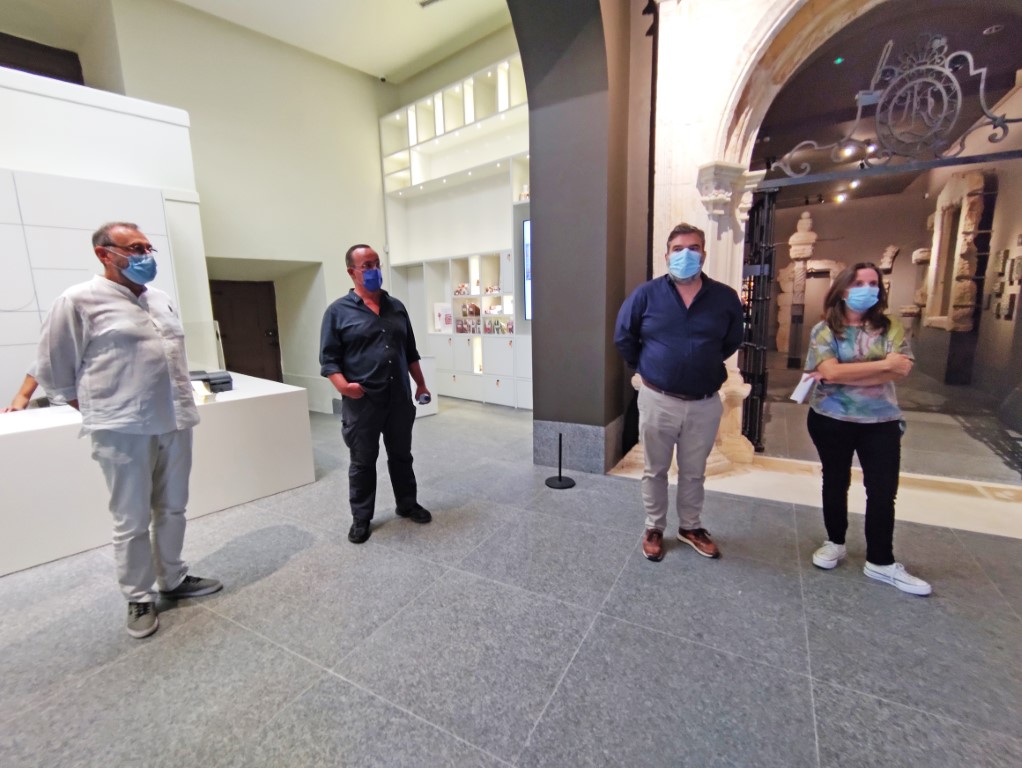
Then, the first room is dedicated to the XNUMXth century, «the glorious period of Lagos», as Elena Morán explained, when the port and the bay vibrated with the ships that arrived and departed in search of distant riches, in continents almost unknown to Europeans. .
«It was a growing city, with many wealthy families», a wealth that can be seen in the exposed stonework, the vestments, the religious pieces in ivory, coming from Ceylon, or even in the paintings, two by Francisco de Campos, an active Flemish painter in Portugal in the XNUMXth century, another from the Church of São Sebastião, attributed to Gaspar de Azevedo, a late XNUMXth century painter born in Bensafrim, and another, by an unknown author, recently purchased by the Câmara de Lagos.
These paintings, with religious themes, now appear as if they were new, with vibrant colors. In the case of Francisco de Campos' works, this results from the extensive treatment and restoration work carried out at the José de Figueiredo Laboratory, which also treated the delicate fabrics of the vestments. The rest (as well as the entire painting collection) were under the care of the José Mendes studio.
Elena Morán took the opportunity to make an aside: “in this Museum, many people collaborated, each one of them very important in their areas. Just look at the technical file [patent in the lobby, next to the store] to understand that».
The next room refers to the 1755th and XNUMXth centuries. “The flourishing of Lagos ended with the XNUMX earthquake and the tsunami that followed it”, added the archaeologist. These details are told by an animation that shows the destruction of Lagos, as well as by a geological sample taken this year in the marsh of the Bensafrim stream, which shows the layers of earth and debris left by the giant tidal wave.
On the wall to the side, it is the rebirth of local power that is shown, through the staff of the council and the ark with the keys to the city…it was Lagos trying to get back on his feet. literally, from the rubble.
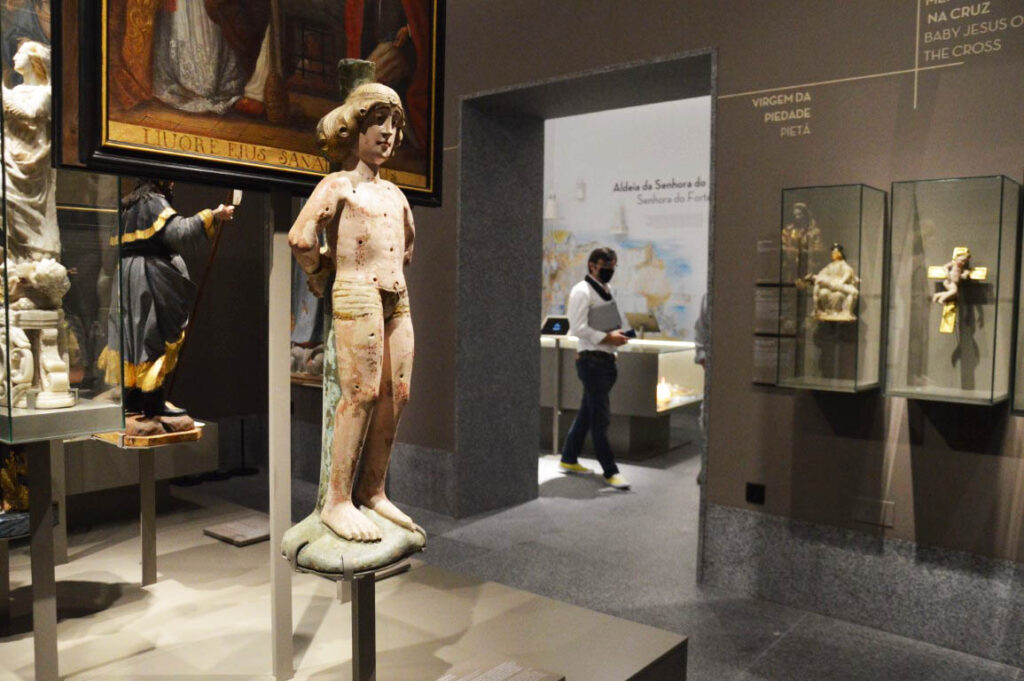
In the devotion room, there are beautiful images of saints, some of them rare and very curious, such as a Child Jesus on the cross... Here, it is shown how religion lived, confraternities, parishes, but also each person.
Continuing the visit, we reach the room where military episodes are evoked, such as the attack on Lagos by the English corsair Francis Drake (1587), the battle and the sinking of the French ship L'Ócean, in the so-called Battle of Lagos (1759 ), when the ship sank almost in front of the beaches of Salema and Boca do Rio, today in the municipality of Vila do Bispo.
In addition to the pieces (such as the impressive bronze cannon, melted by the violence of the fire that took over the Ocean), the story is told by a multimedia animation that is very easy and interesting to follow, conceived, like all the others, in the most varied rooms of the Museum, by Pedro Pereira (byAR Augment Your Reality).
The old sacristy – where, in 1931, this same museum was born – has also been restored. And then Elena Morán drew attention to an XNUMXth-century golden goblet of Mexican origin. «How did you get here in Lagos? We don't know», he admitted.
Curiosity is also the fact that the sacristy furniture is new, but built as usual. Now, its drawers, prepared to avoid humidity, hold precious vestments, which, according to Nuno Gusmão, from P-06 Atelier, responsible for the museum project at the Lagos Museum, «serves as a visitable reserve». Opening a drawer to show the vestments carefully stored there, he exemplified what he meant.
In the church of Santo António – which turns out to be the 11th room of this museum -, with its magnificent interior covered in gilded woodcarving, restored in 2016, also in an initiative also by the Câmara de Lagos, there is now a new element, or rather an element that can now be seen with new eyes. The front of the altar, which looks like reddish damask fabric, is actually a canvas painted with this effect. And, even more curious, this canvas could be turned, showing, on its other face, a painting imitating green damask.
“It was to be changed, according to liturgical use,” explained Rui Parreira.
«On top of this canvas, there were seven altar cloths. We removed everything when it went to restoration, and we preferred to leave it that way. This is the look of the archaeologist and not the conservative," added Elena Morán.
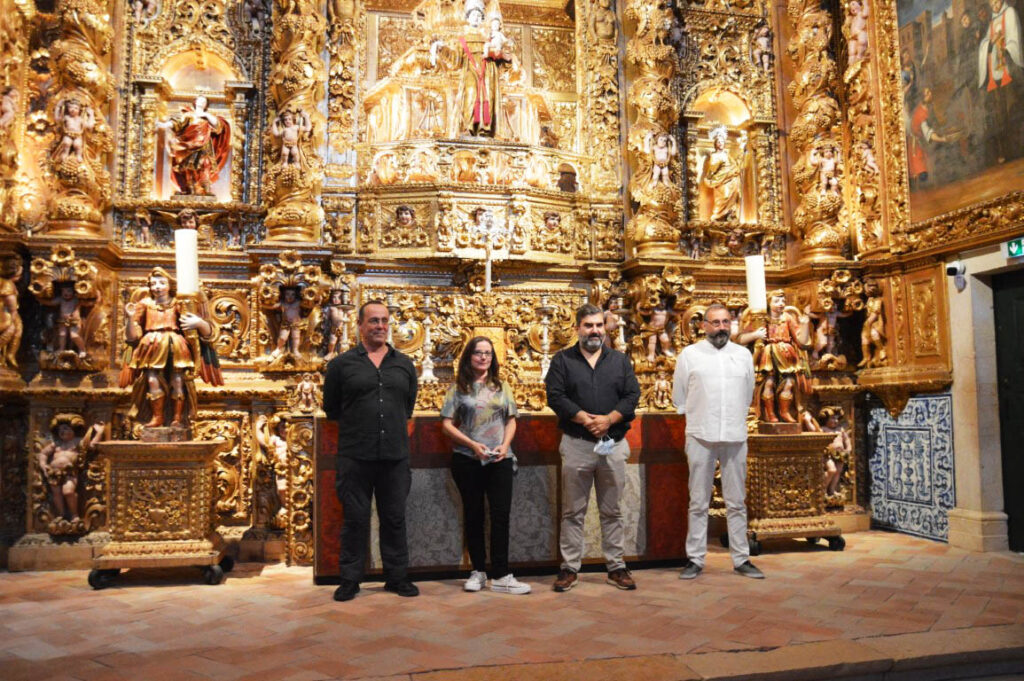
And because «the museum adapts to the existing space and builds on the existing collection, having built a narrative from there», it was not possible to create a circular route. Therefore, from the chapel, one passes back to the reception hall and from there one enters the rooms again, but now the ones that remained to be seen.
And the first is a dazzling logo. The 'curiosity cabinet', very much in 200th century fashion, into which the former museum had become (despite having been created in the XNUMXth century) is well evoked here. A kind of large bookcase, with shelves filled with more than XNUMX different objects, where you feel like losing your eyes for several minutes, returns us, in a contemporary look, to the old shop windows of yesteryear.
Nuno Gusmão, author of the museography project, describes his work with a big smile, even drawing attention to some more technical details, such as the tiny projectors that illuminate everything, but let you see the transparencies, what is behind and above.
On this shelf of wonders, there is, as Elena Morán explained, the «artificiality" and the "natural». In what is artificial, created by man, the highlight is the collection of African art and other objects from that continent, where the hats, true symbols of power in Congo, stand out.
Continuing to look at the «natural», there are from birds, crocodiles and even a stuffed baby donkey, whale bones (ribs and vertebrae), bird eggs, skins and feathers, as well as a curious collection of jars full of strange or simply little known things, such as the dog the three-eyed cat, the two-headed cat, the giant sardine, the sturgeon. And there's the eight-legged goat...
These objects were also the target of extensive conservation and restoration work, carried out by specialists from the Natural History Museum of Lisbon. In the case of the aberrations of the animal world, they were (poorly) preserved in vials of formaldehyde, a toxic substance, and, over the years, they had withered. “They had to be removed from formaldehyde and rehydrated, and now they are in alcohol, as it should be”, explained Elena Morán.
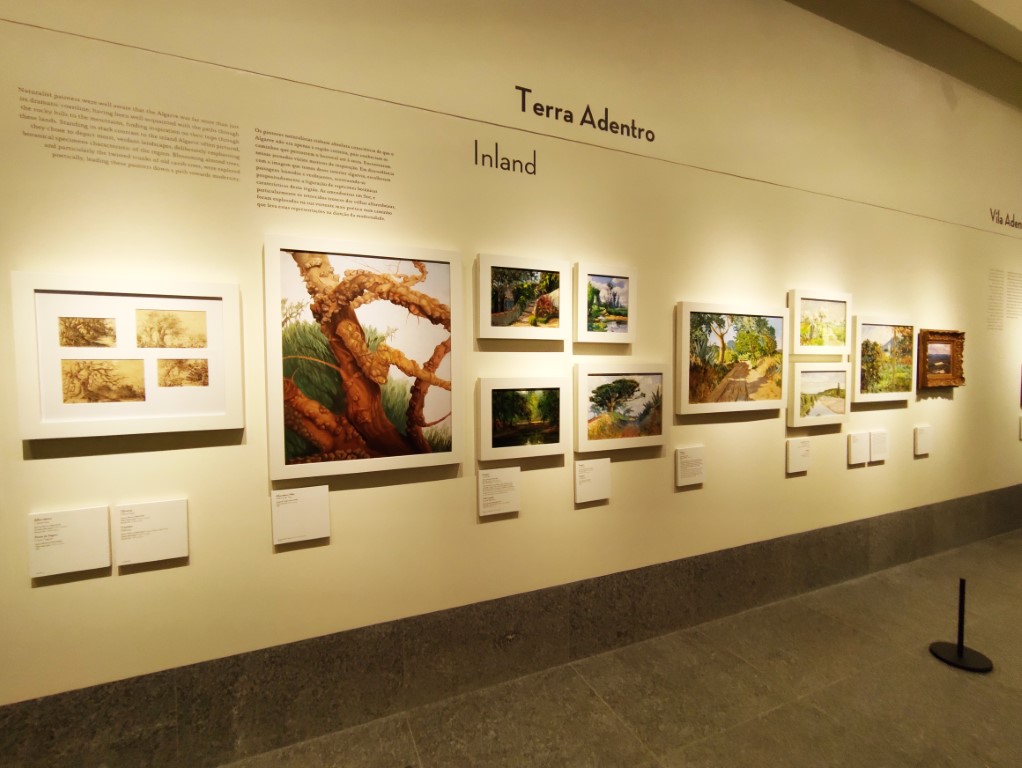
From here you can move on to the painting rooms. And there are works by Falcão Trigoso (who married a lady from Lagos and came to live in the city, having been director of the then Industrial School) and his friend Samora Barros, great naturalist painters. But there are also recent donations, such as a painting by Margarida Tengarrinha and another, from the first half of the last century, by her father, José Tengarrinha, about Sagres.
Rui Parreira draws attention to the work done by Anísio Franco, from the National Museum of Ancient Art: «with him, the painting collection of the Lagos Museum gained a different perspective. He purged the collection and exposes here pieces that had never been shown, in an entirely new way». And so, on the walls, in works by many authors, images of Lagos, from the Costa d'Oiro appear (thus baptized by Falcão Trigoso), of the rural Algarve, of its figures and even a curious section dedicated only to women painters from Lacobrigens or linked to the city.
Then comes the room dedicated to the so-called «industrial arts», that is, basketry, pottery, tin making, among others. But this is not a collection that results from an ethnographic collection, because, stresses Rui Parreira, «these pieces were not used, they were designed only to be shown and to go to the big cities to be sold». From the investigation of the anthropologist Luísa Ricardo, in the archives of the former Victorino Damásio Industrial School, in Lagos, it is now known that many of these pieces resulted from the application of modern concepts of teaching, design and new functionalities to the craft techniques then in use . In the end, «it was a kind of RATE before that time», jokes Elena Morán.
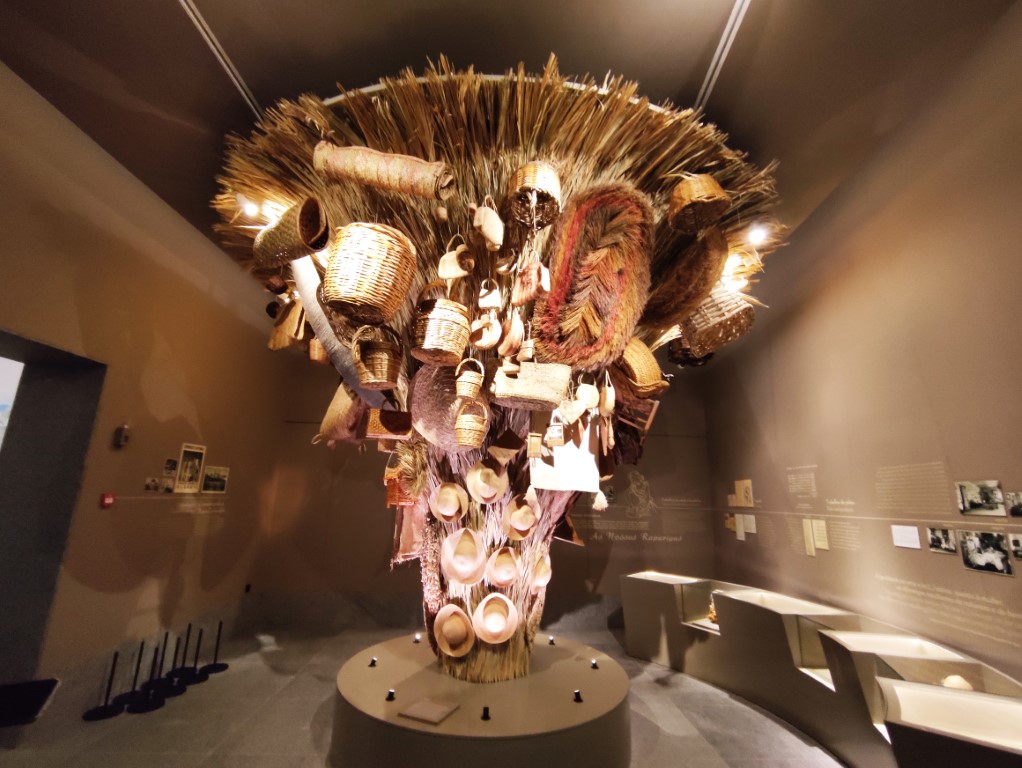
But, in addition to these curious aspects, the smell and the pieces themselves, what draws attention in this room is the way in which everything is presented, in a large central installation, a true work of art…of museography. Just seeing!
And then, rest the most nervous who thought that the village of Nossa Senhora do Forte had disappeared. This giant mockup of a «utopia» of perfect algarvian village, there it is, in a prominent place and with news. «The creator of the village, Pedro Reis, over the years, created more things, such as glasses to see the village as if it were at night or in fog. And he even created a tourist route to visit the village, as well as composing a song».
Well, all this is now present in the model – with the multimedia system created by Pedro Pereira you can see the village with clouds, with people passing in the streets, ships arriving at the pier, a football game happening, or even listening this anthem, which, as Elena Morán reveals, «we recorded last week, with the Grupo Coral de Lagos and the Sociedade Filarmónica».
Closing the visit, Rui Parreira underlines the «brutal work of conservation and restoration» done for this new old Museum of Lagos. «The entire collection of the Museum was treated with a view to preventive conservation and all the pieces that are on display were subject to restoration». A titanic work, carried out with the collaboration of the best national specialists, resulting from the investment of the Câmara de Lagos, financed by European funds.
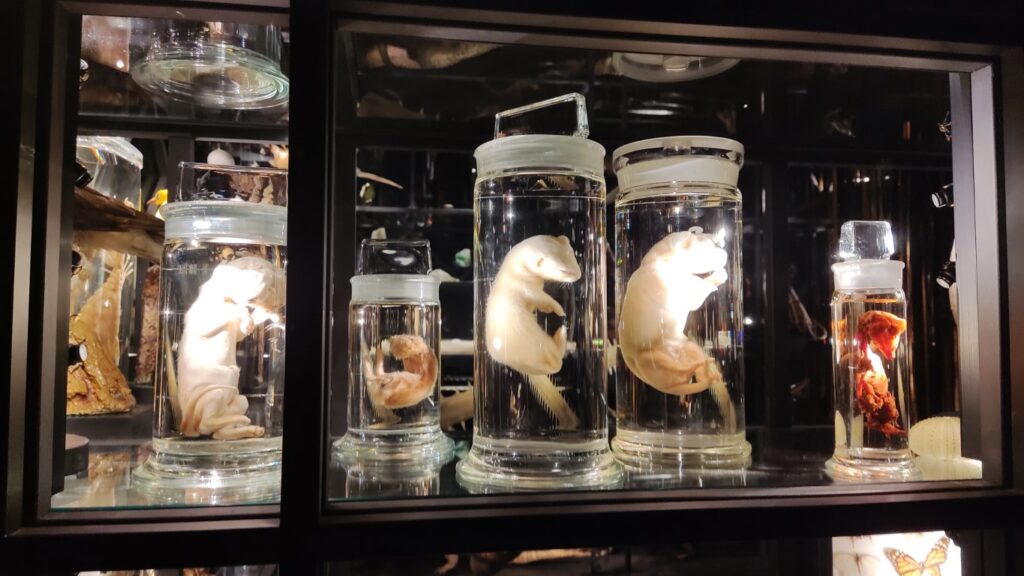
Dr. Formosinho's museum
«We want to take up that philosophy, that spirit and, in fact, we are already doing so, incorporating new pieces, recently donated», concluded the museologist.
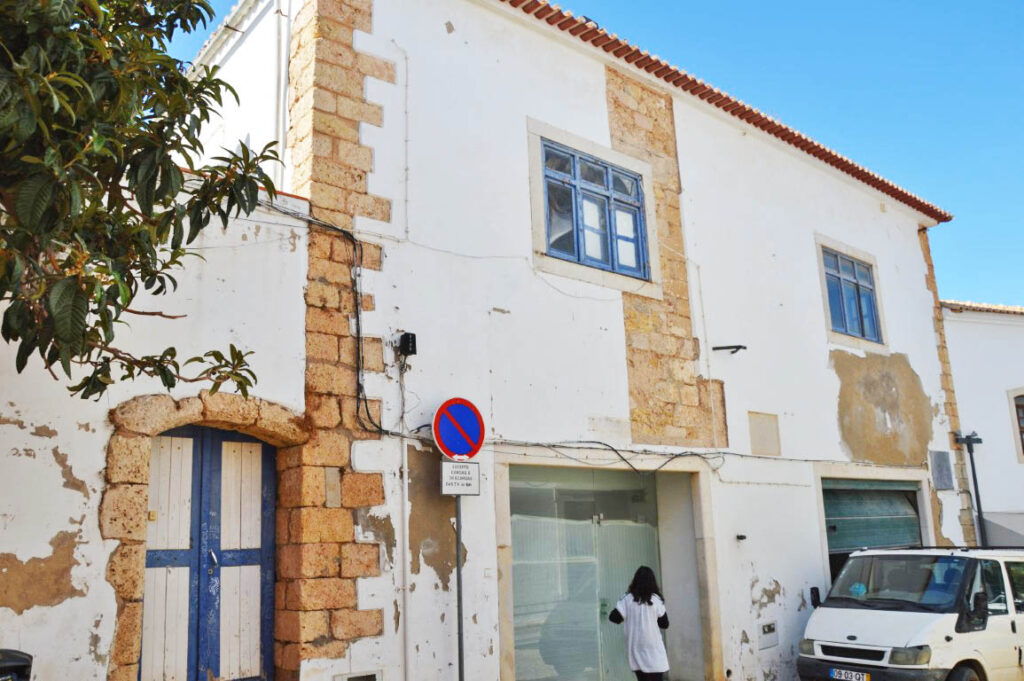
Works at the Archaeological Center begin by the end of the year
The new Lagos Museum consists of 10 rooms (plus the Church of Santo António), but will soon have another nucleus, on the other side of the street, in the building where the PSP operated, and which will house the vast and rich archaeological collection , from prehistory to the death of Infante D. Henrique, in 1460. In the old yard, a room for temporary exhibitions will be created.
The president of the Chamber announced that this work by the Archeology Center should start by the end of the year. It's just that the contract has already been awarded, so now it's time to start the work.
Photos: Elisabete Rodrigues | Sul Informação
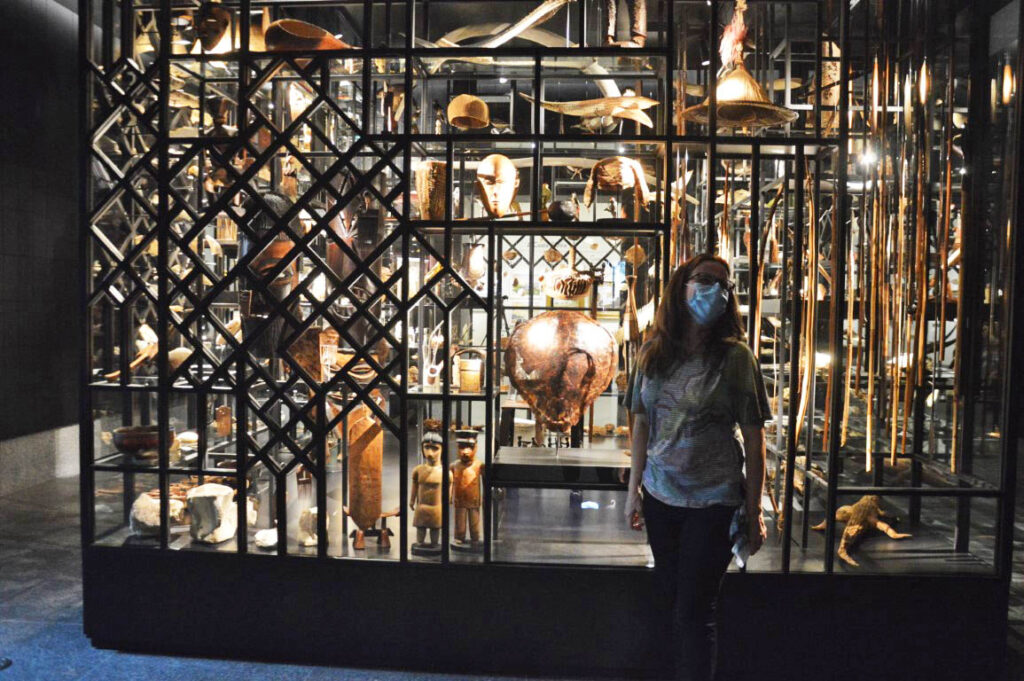
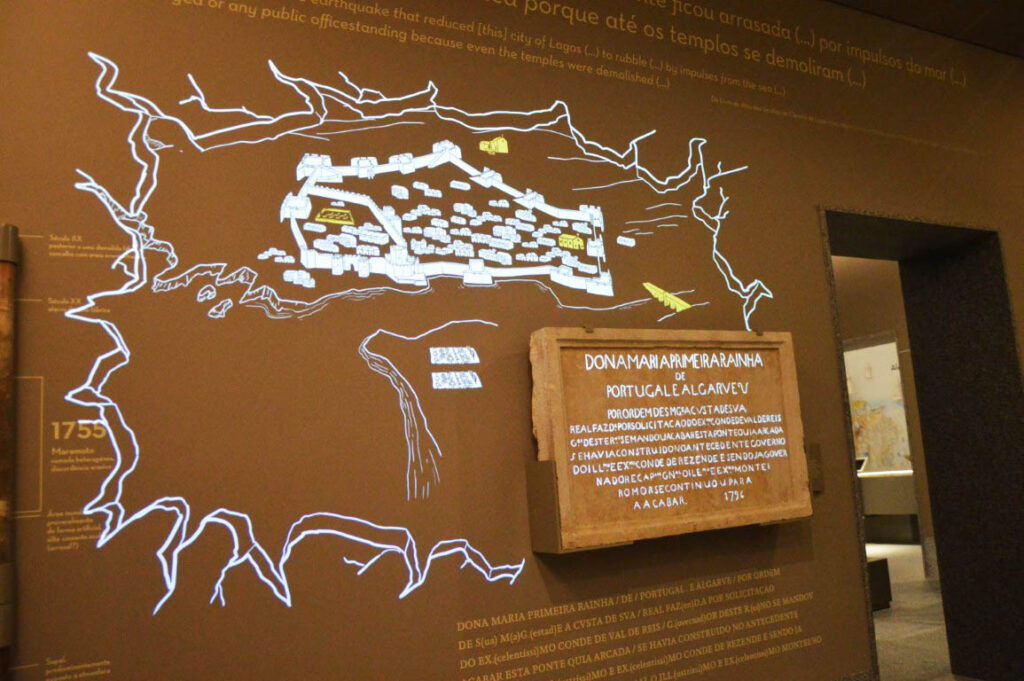
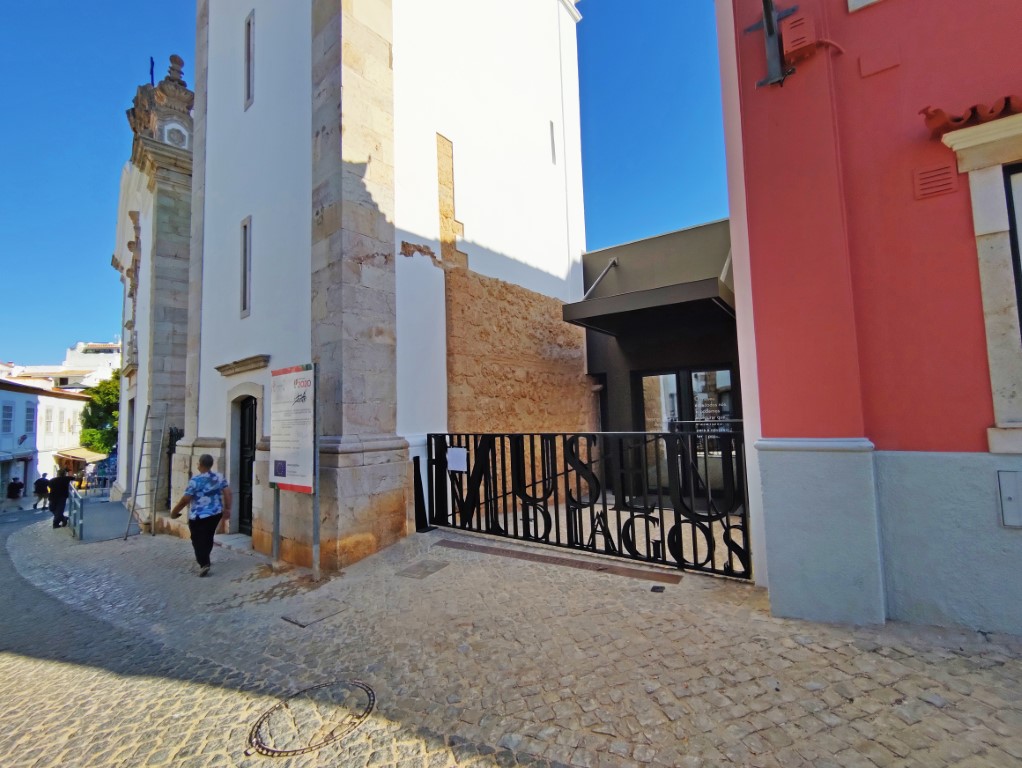
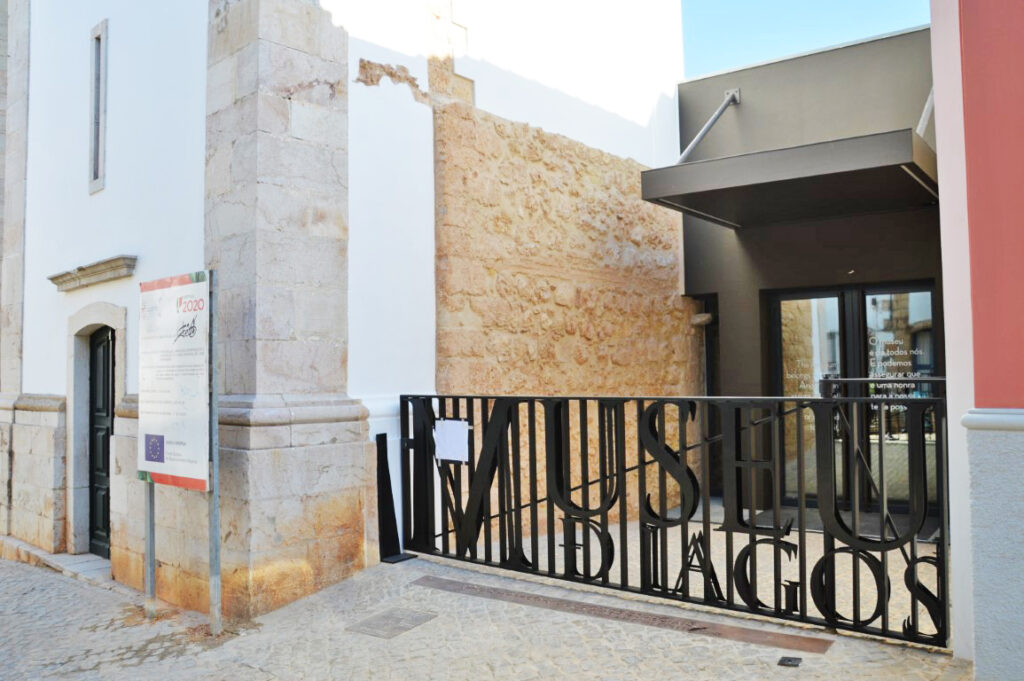
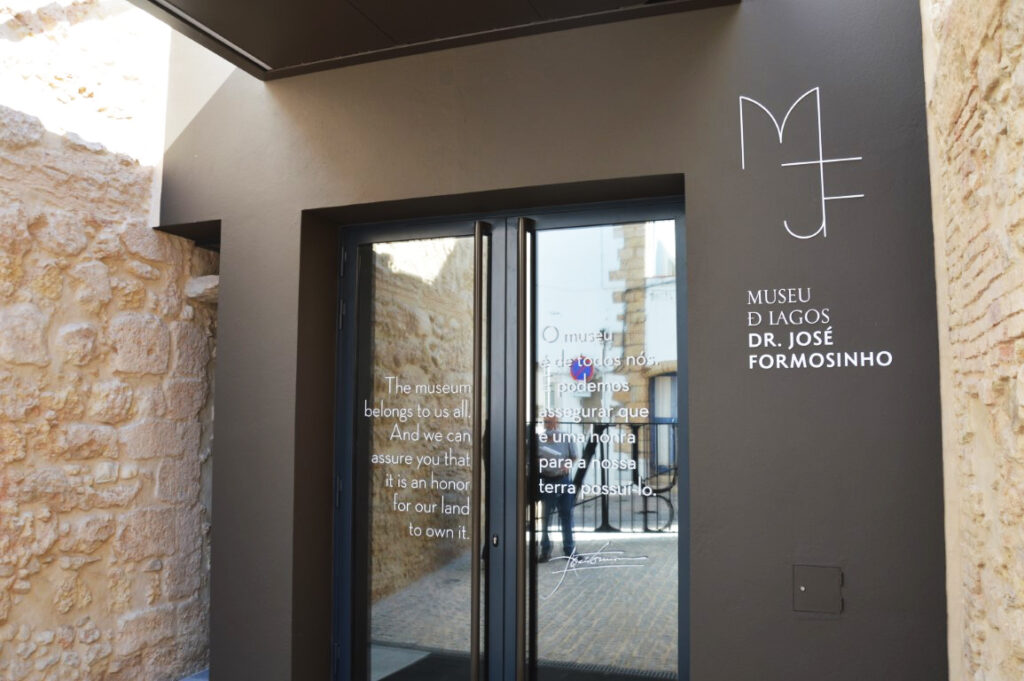
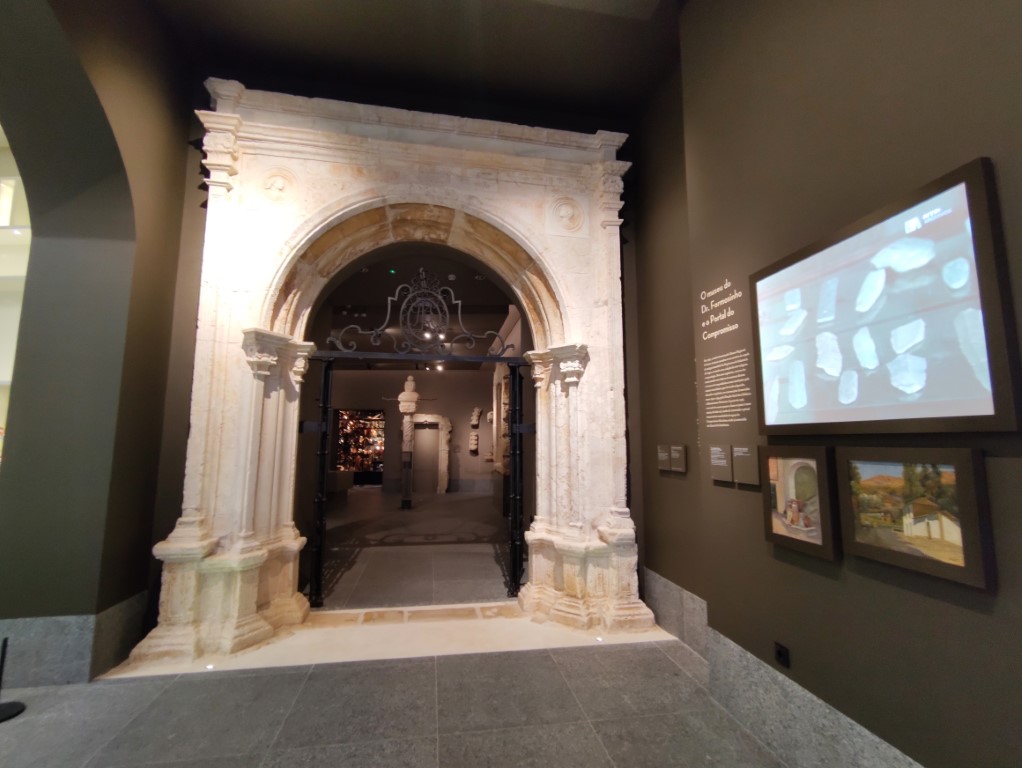
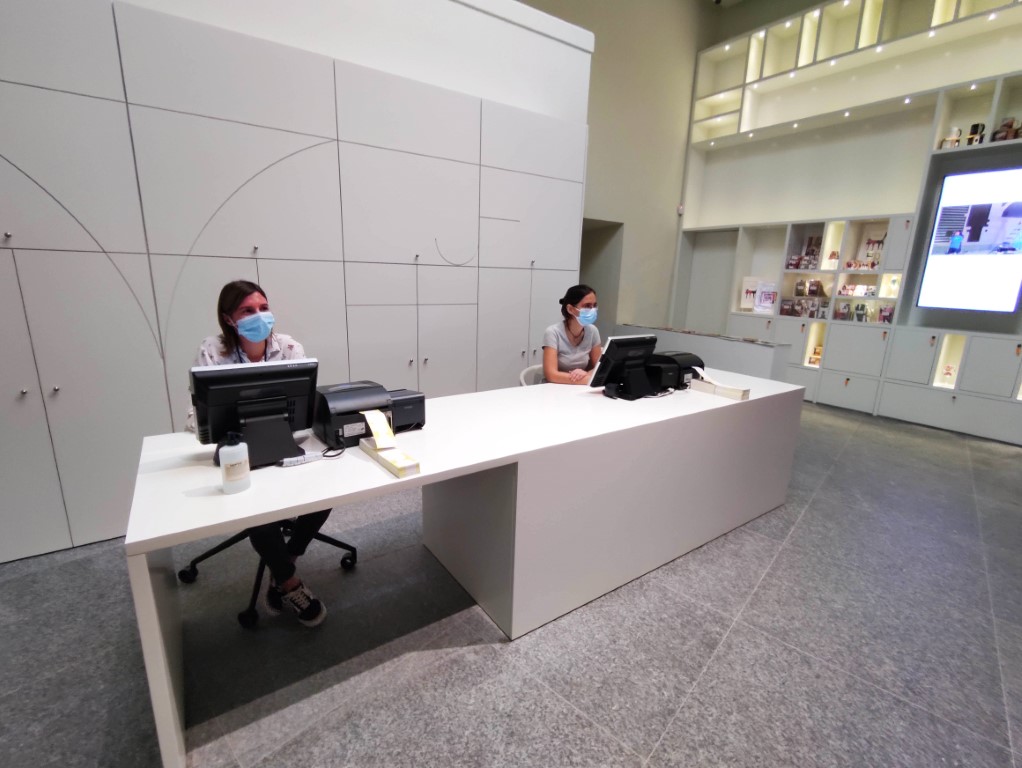
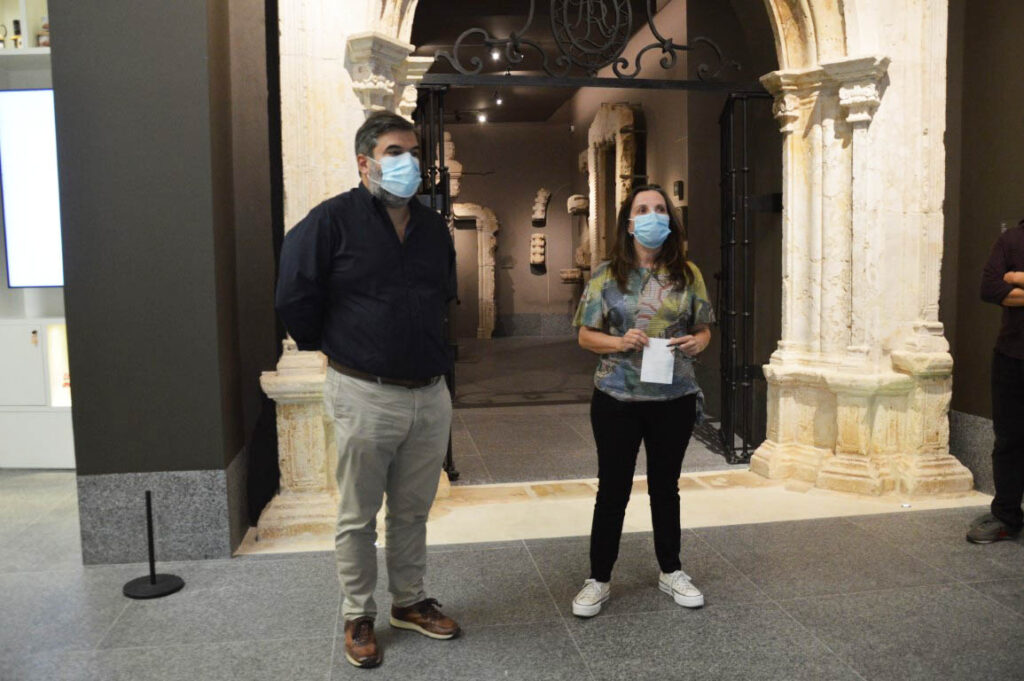
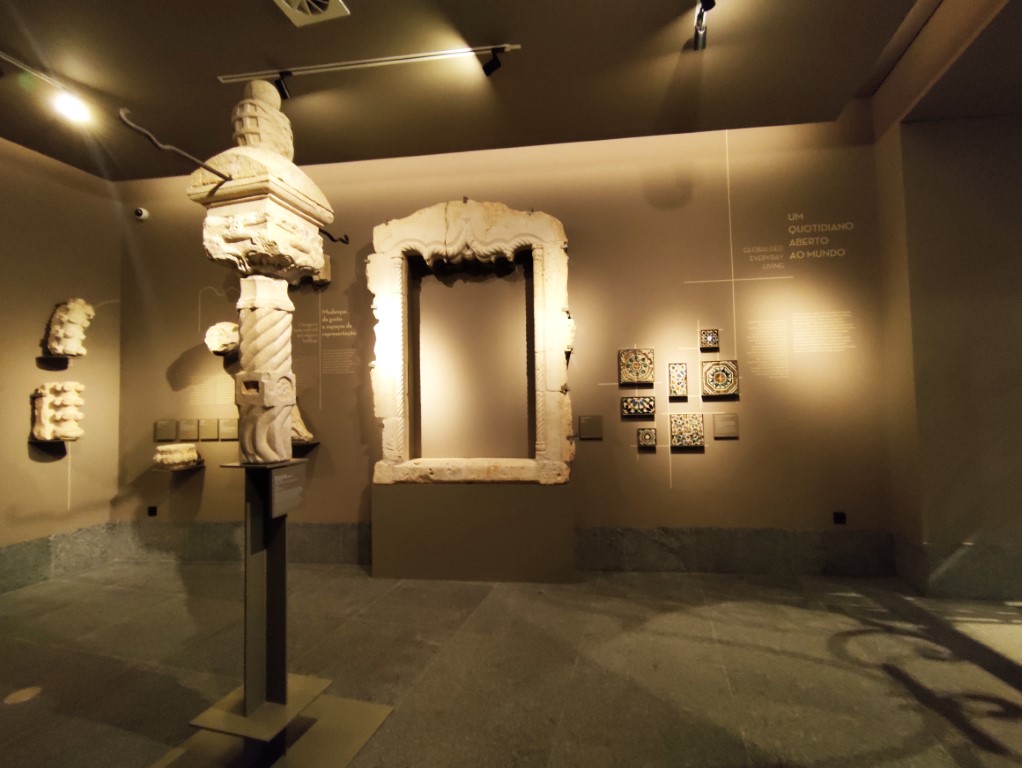
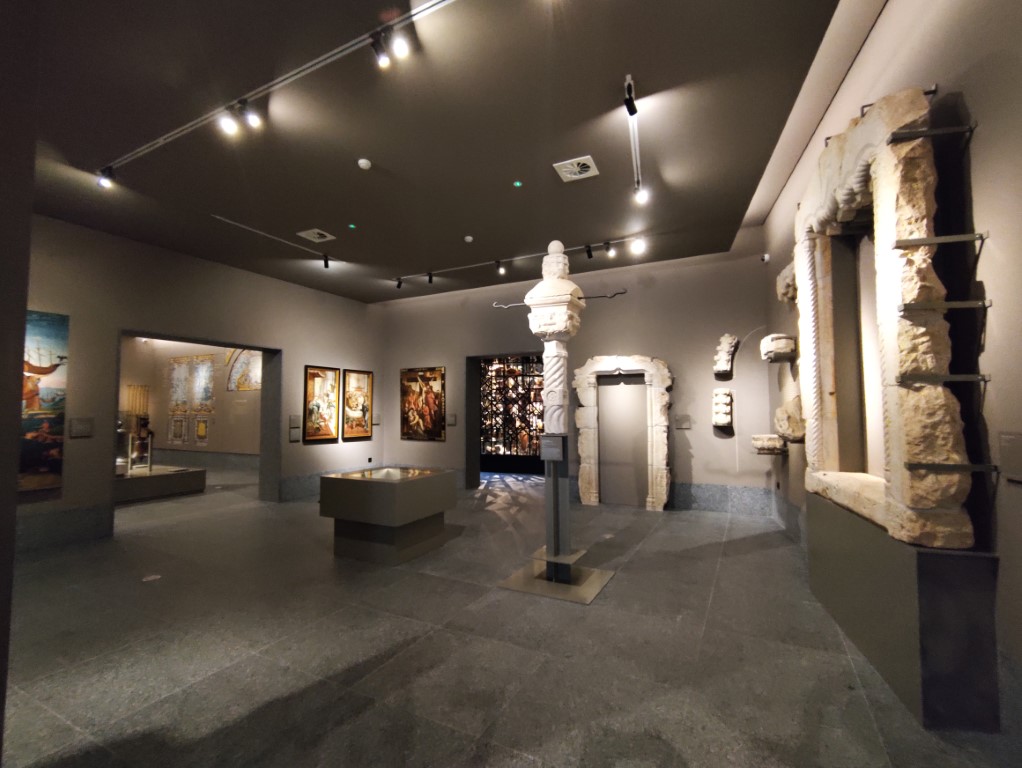
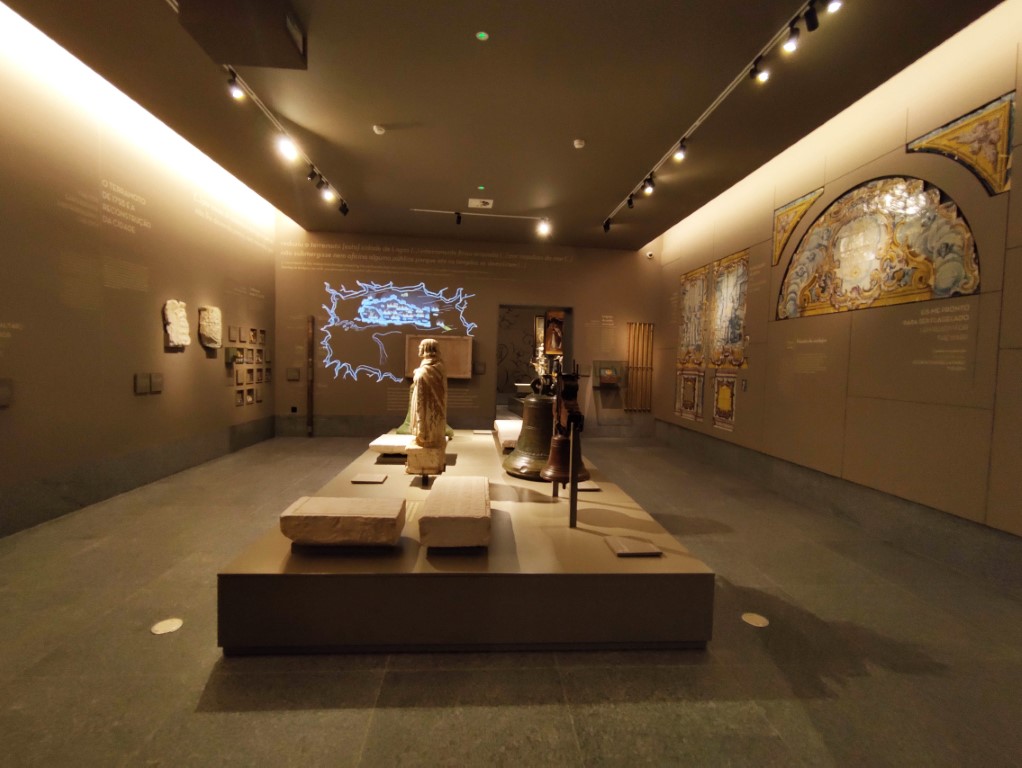
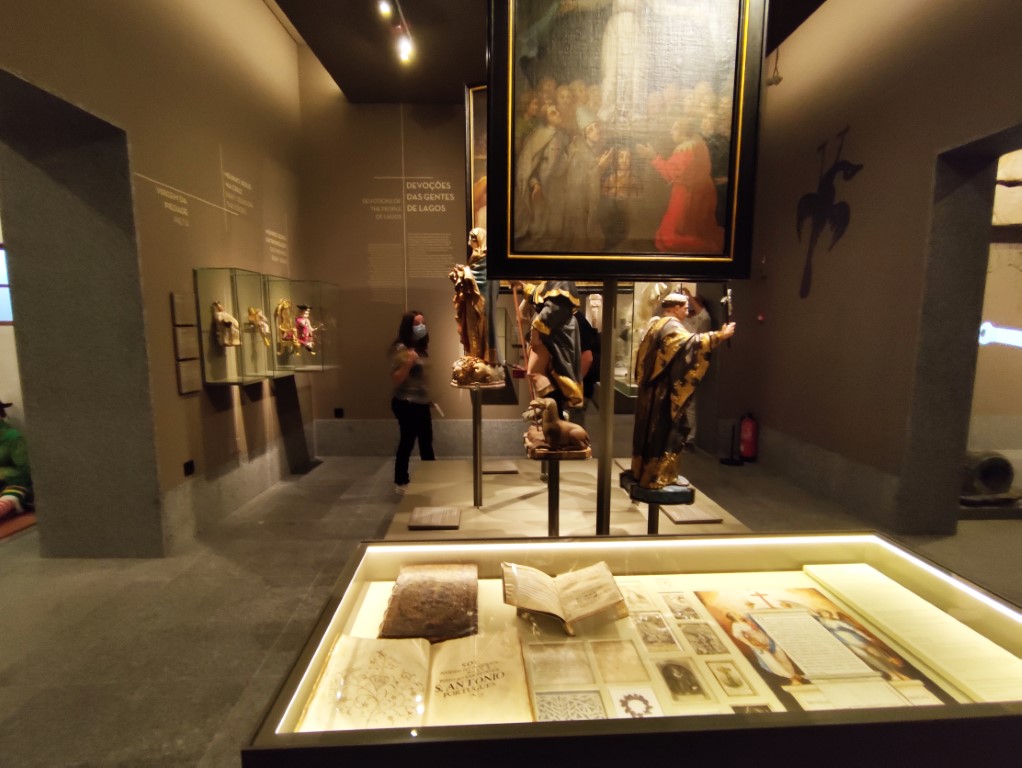
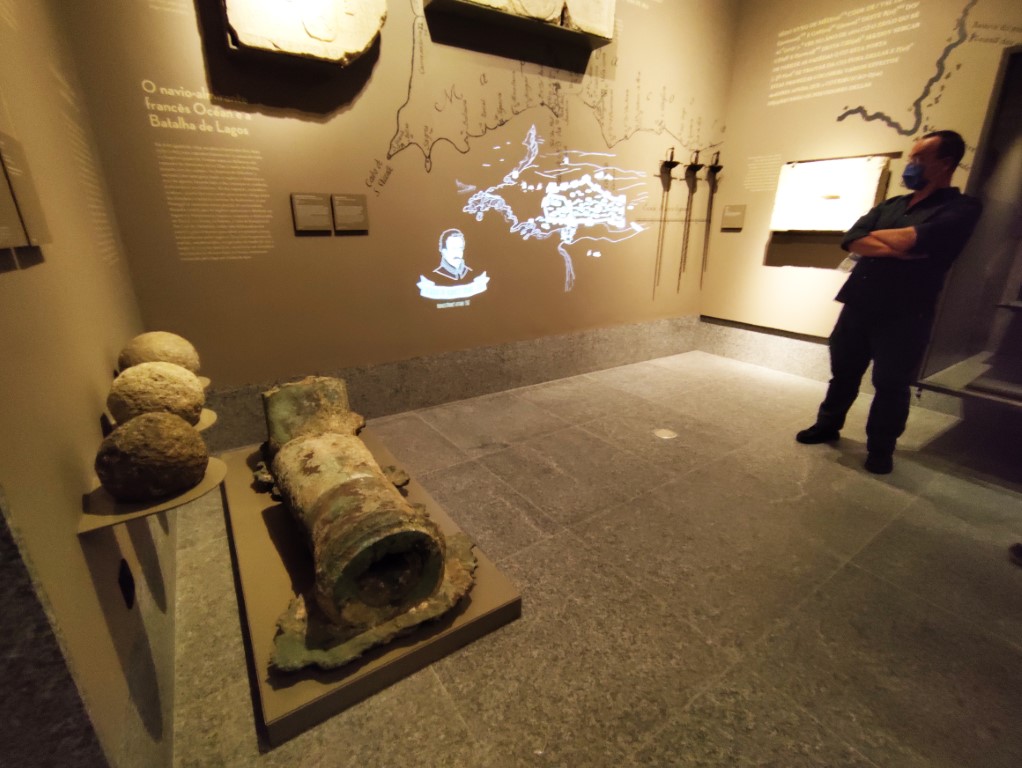
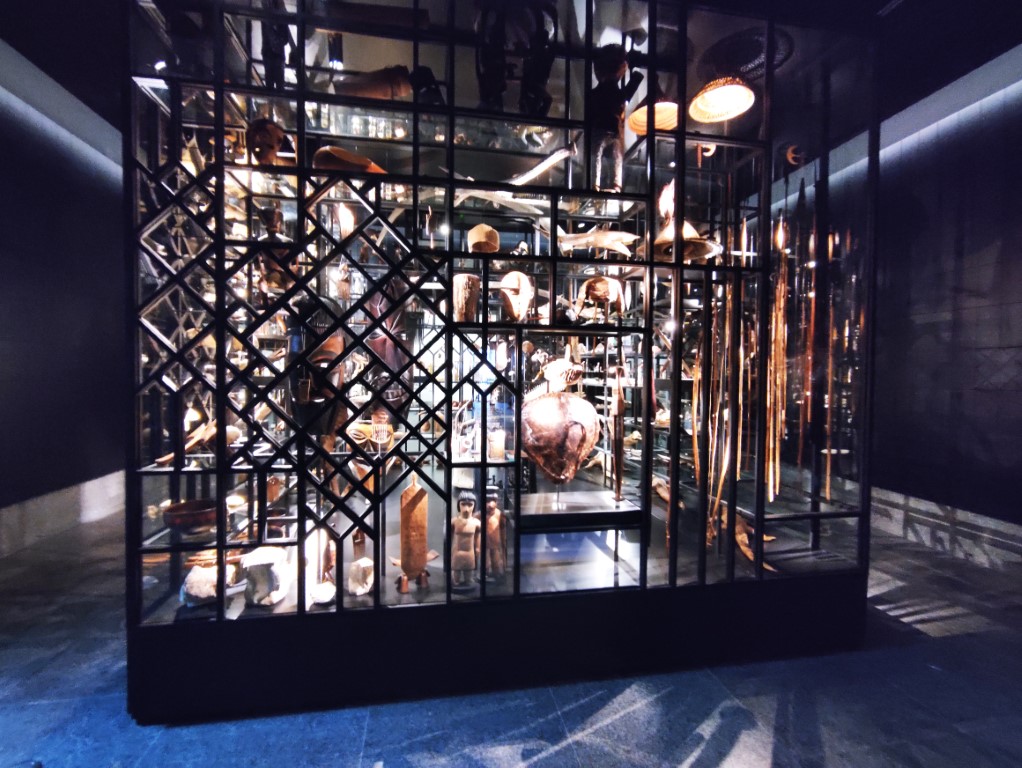
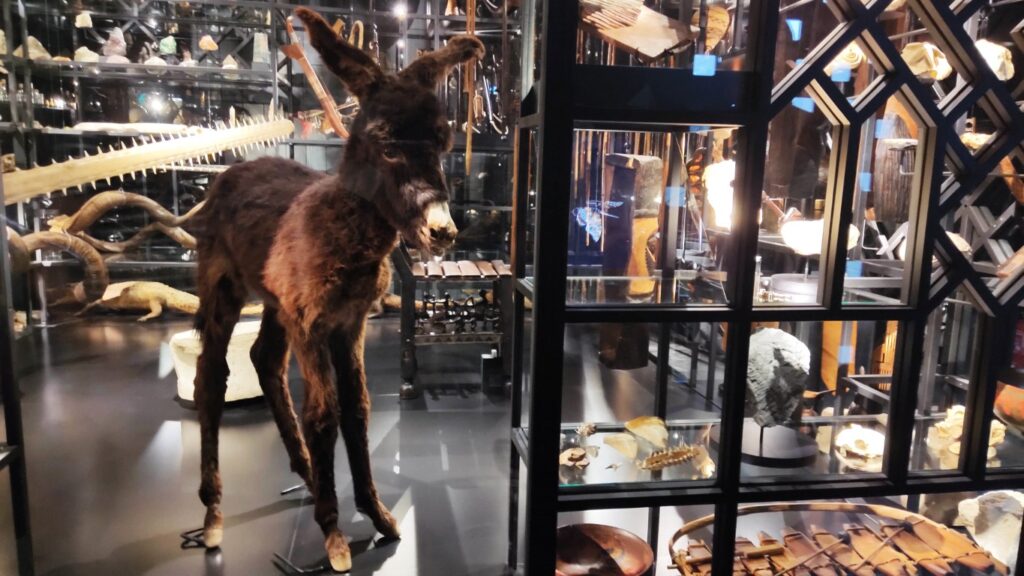
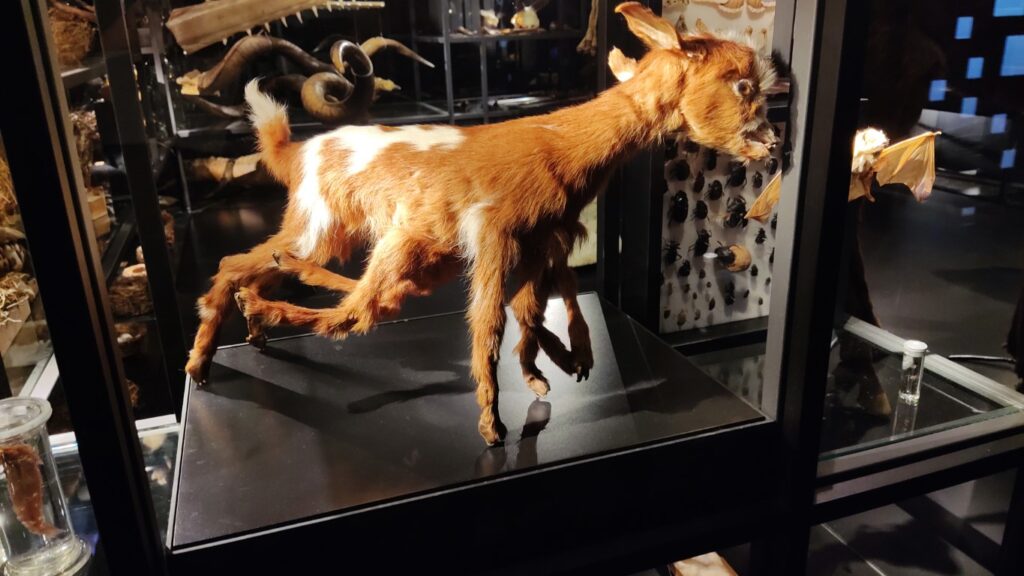
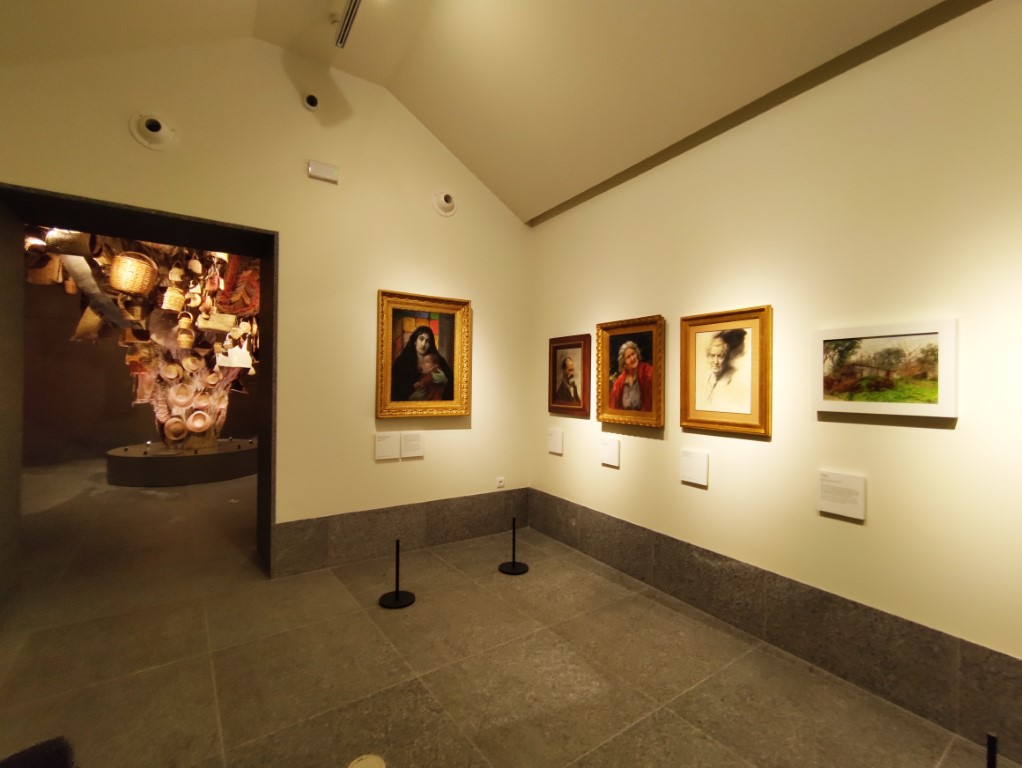
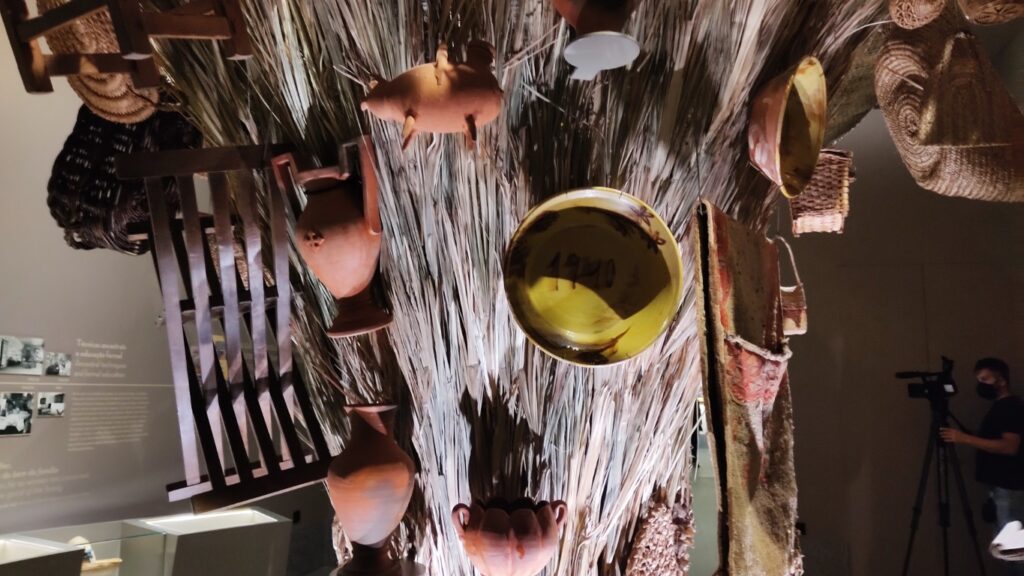
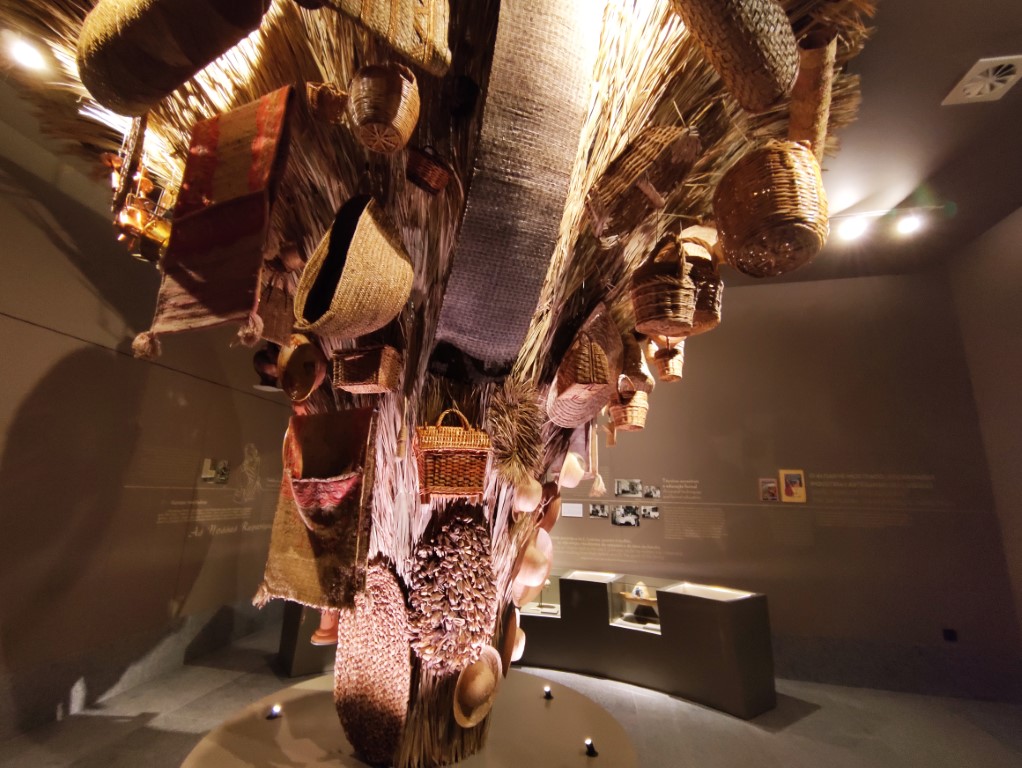
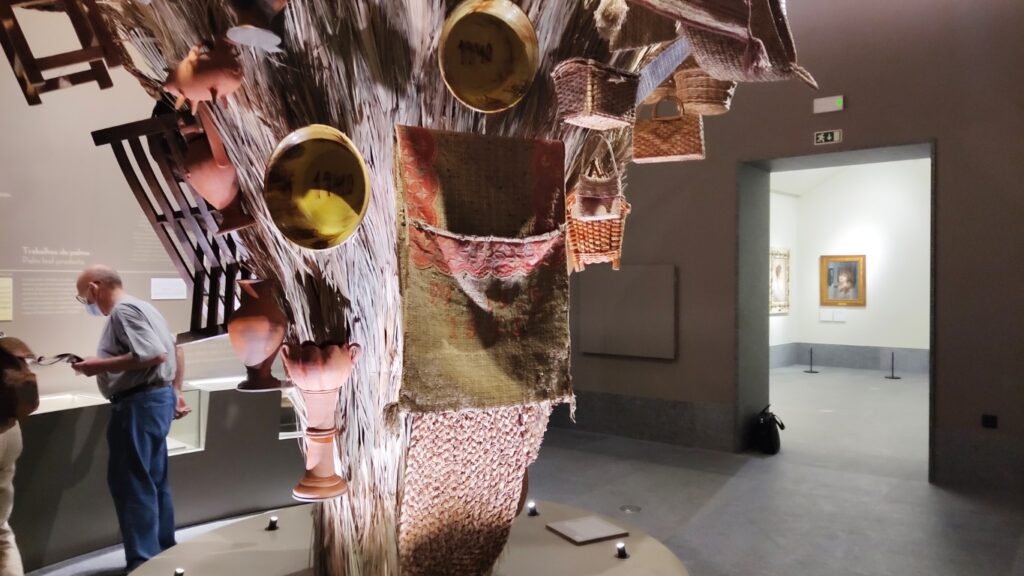
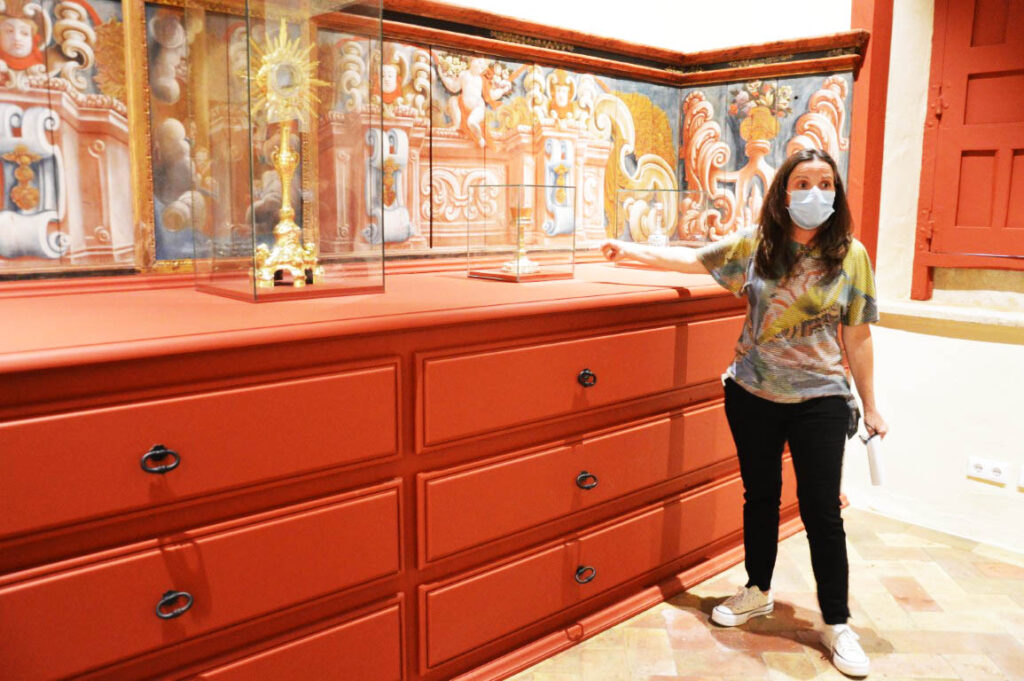
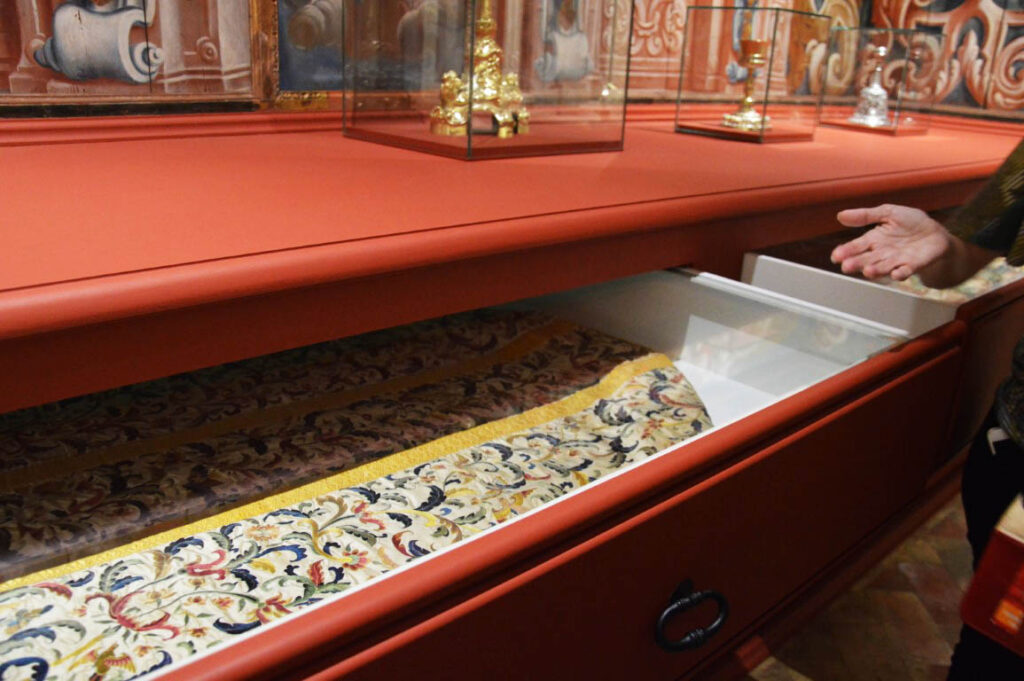
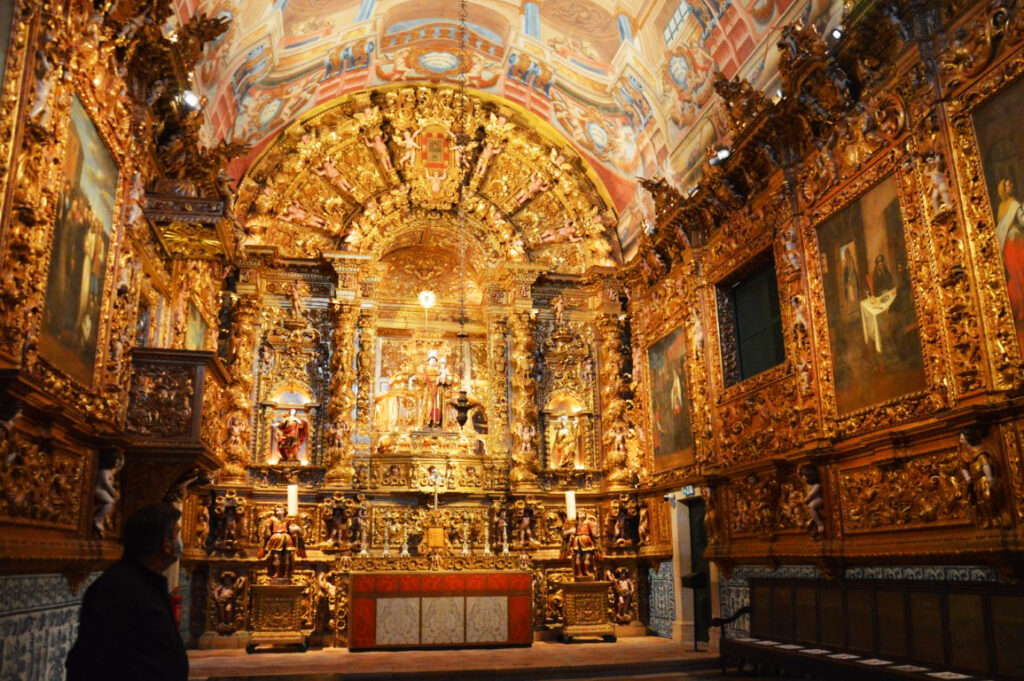
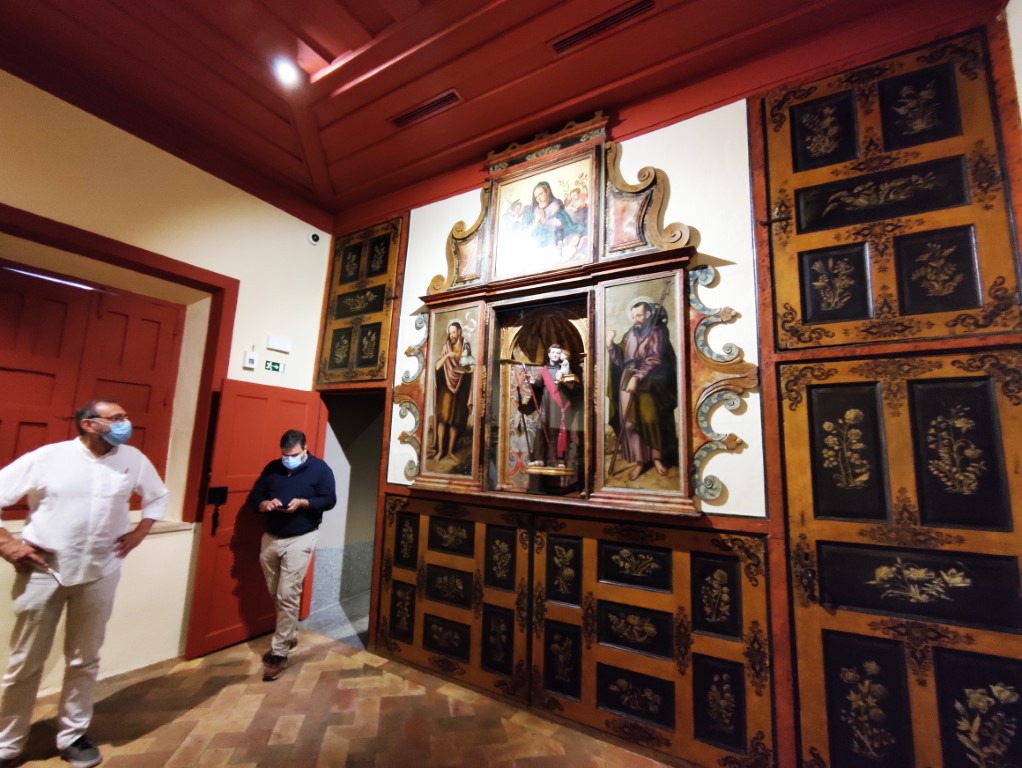
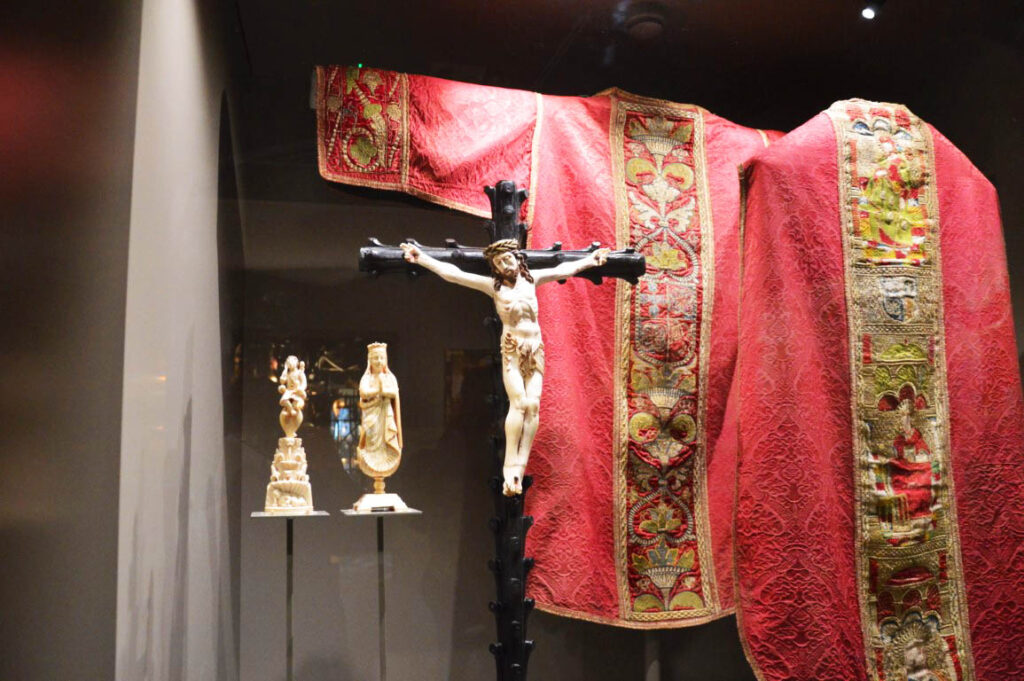
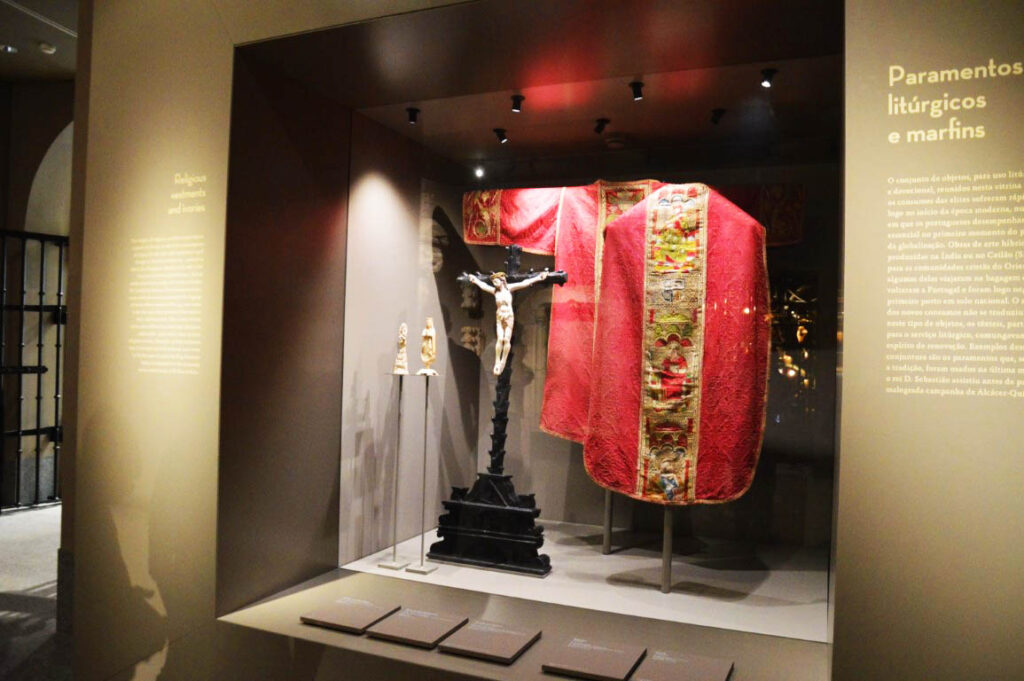
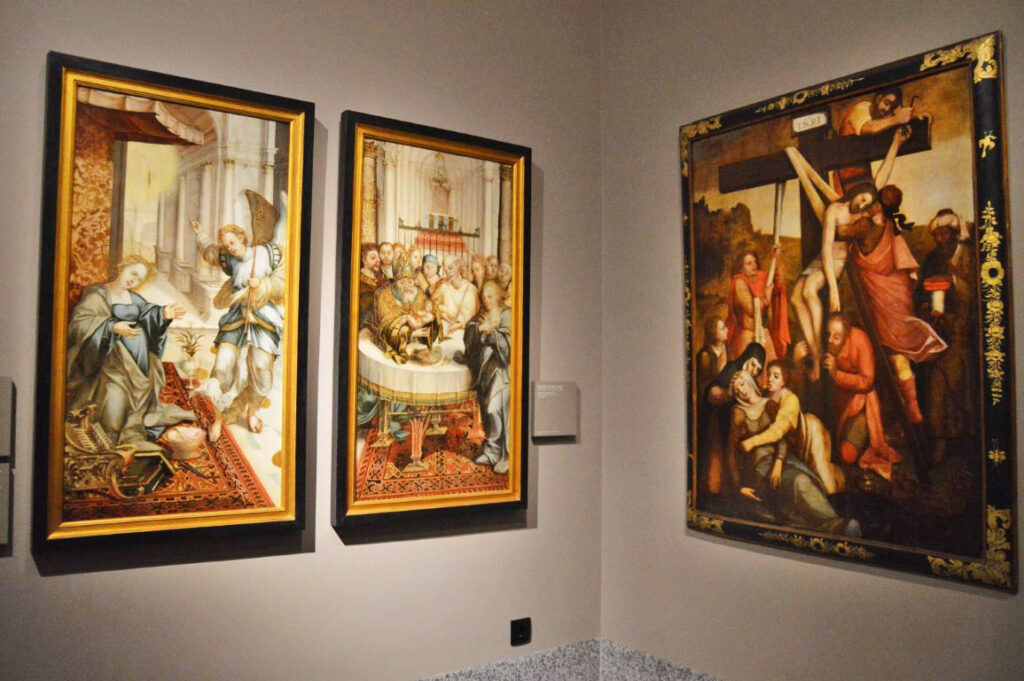
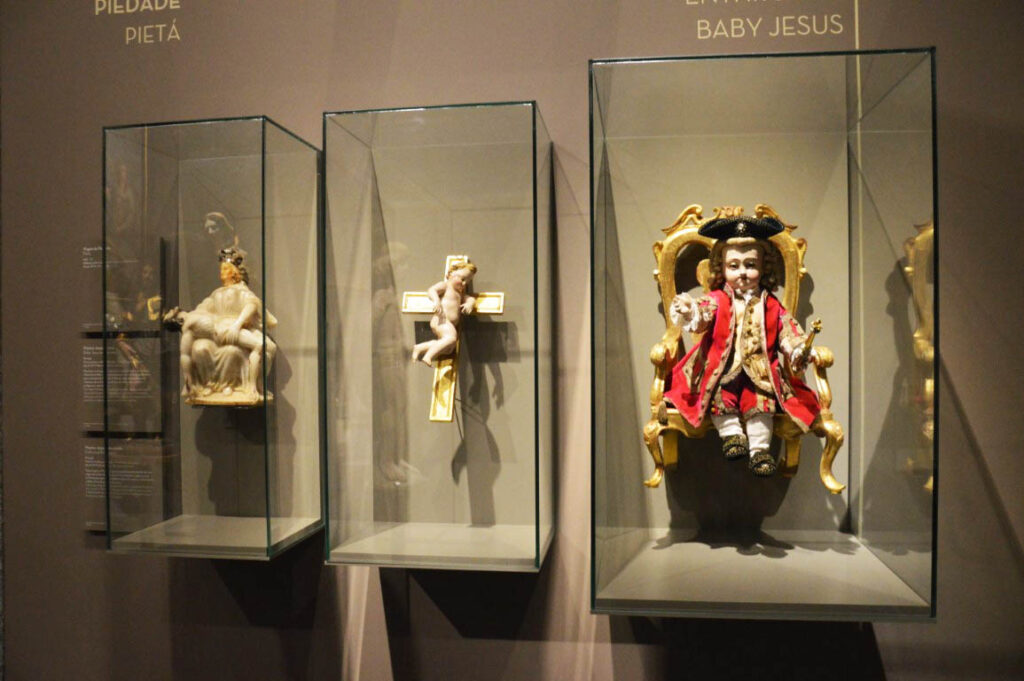
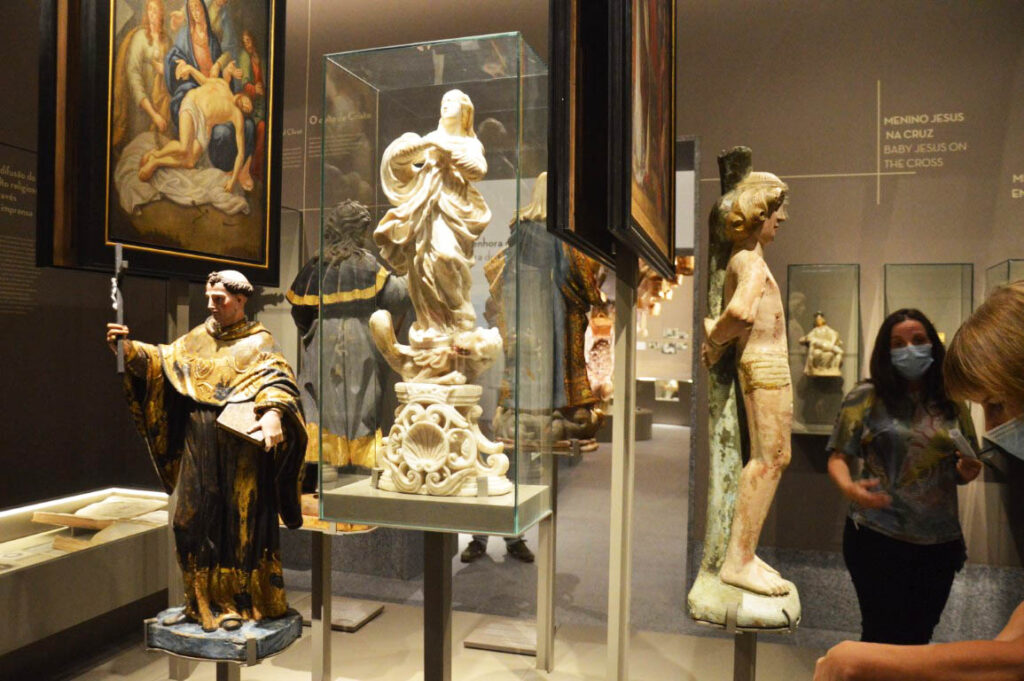
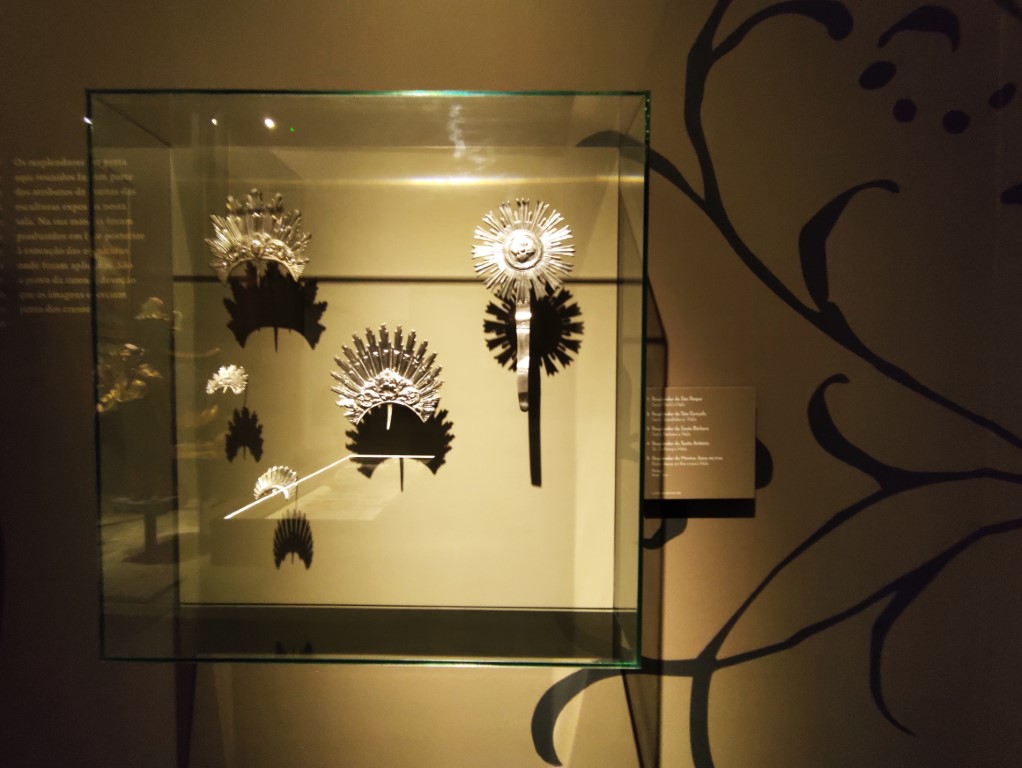
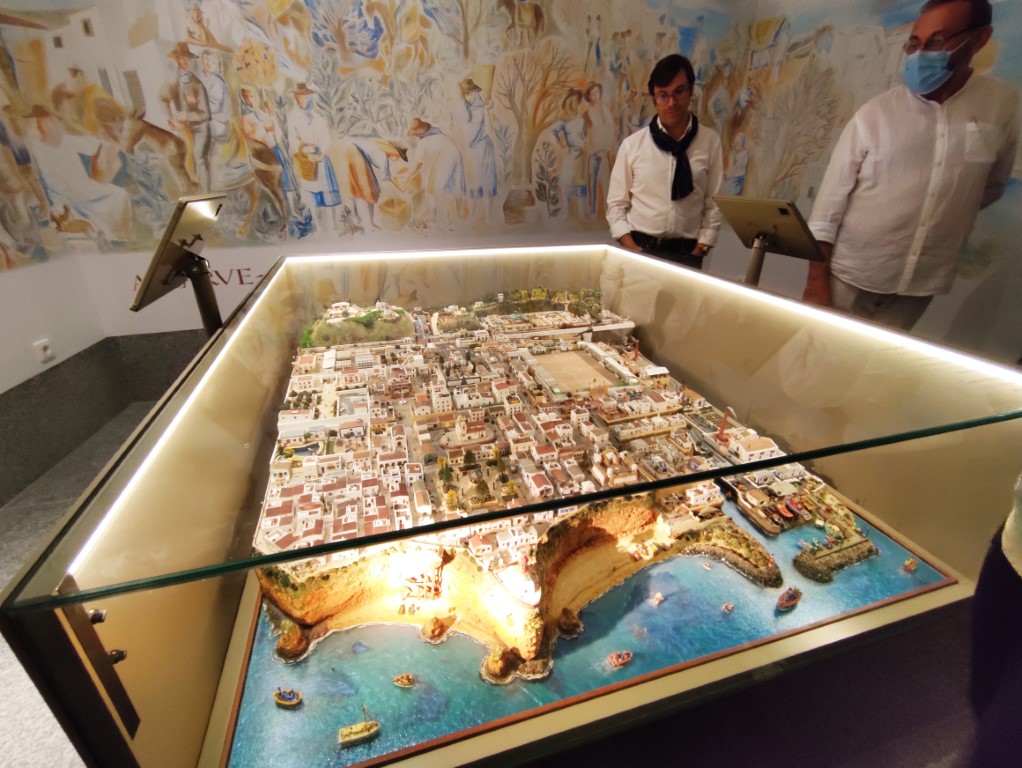
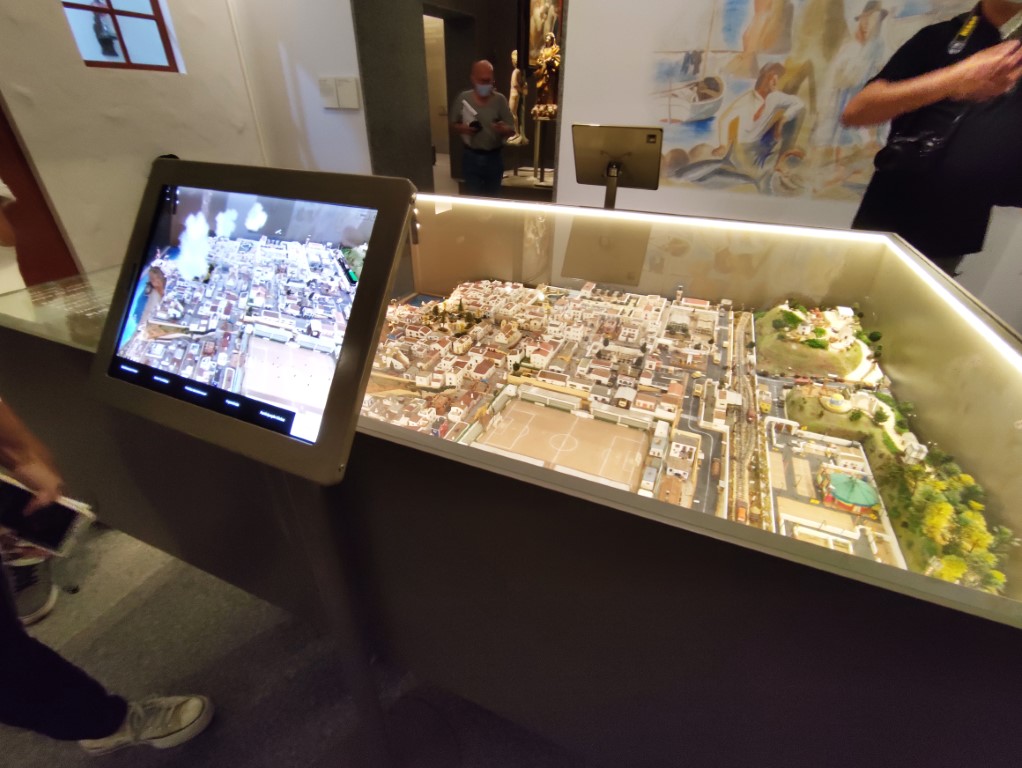



















Comments